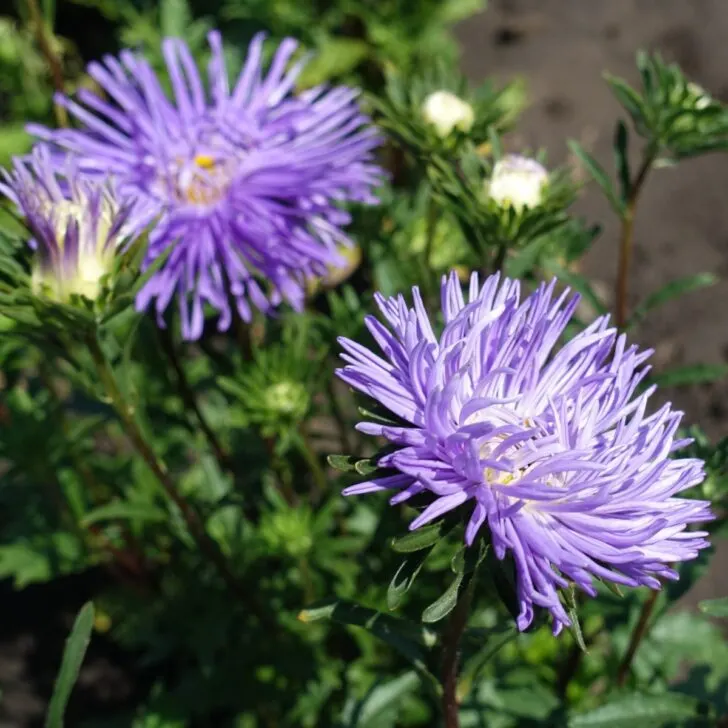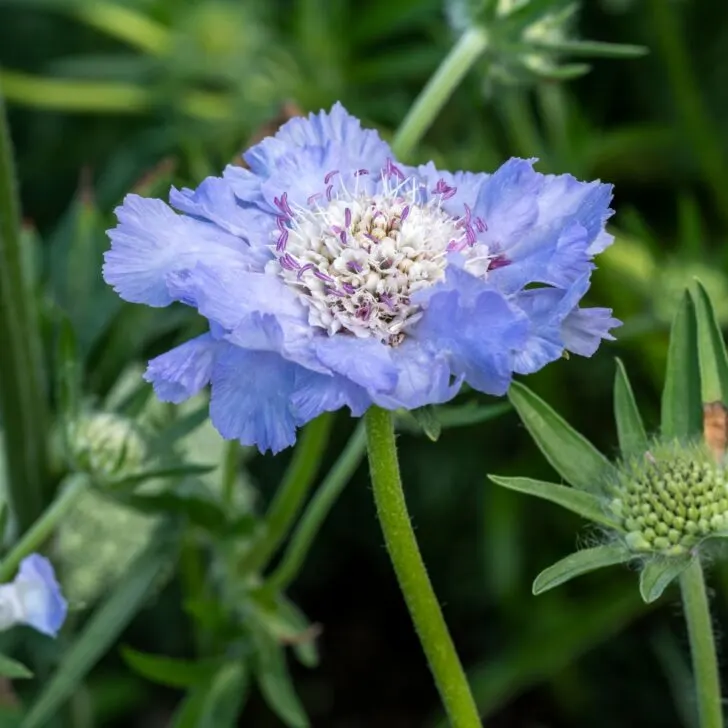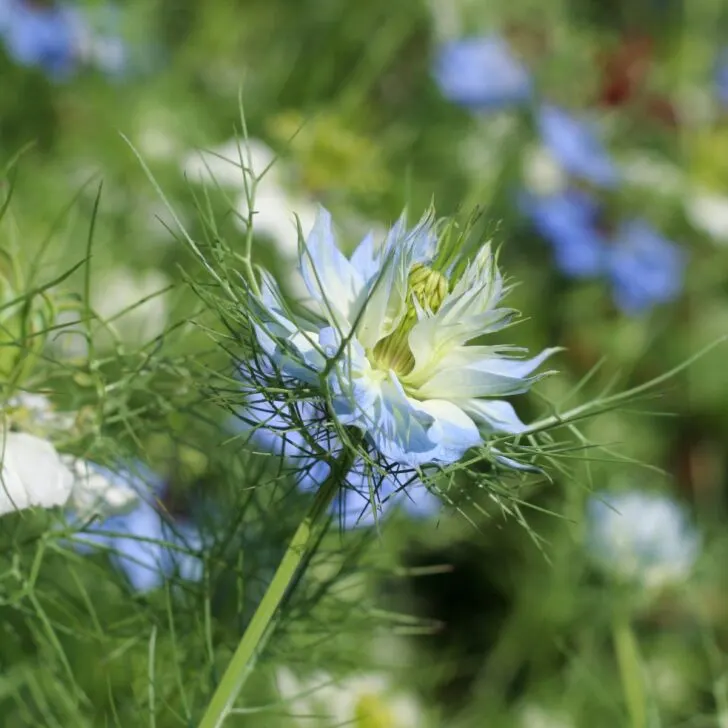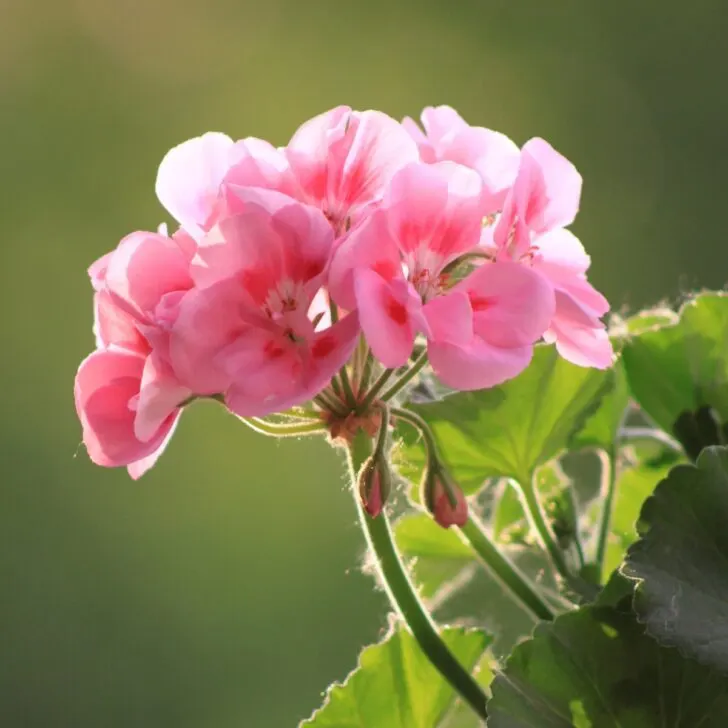Learn how to grow celosia from seed and enjoy these unusual, colorful blooms in the garden or in bouquets all summer long!
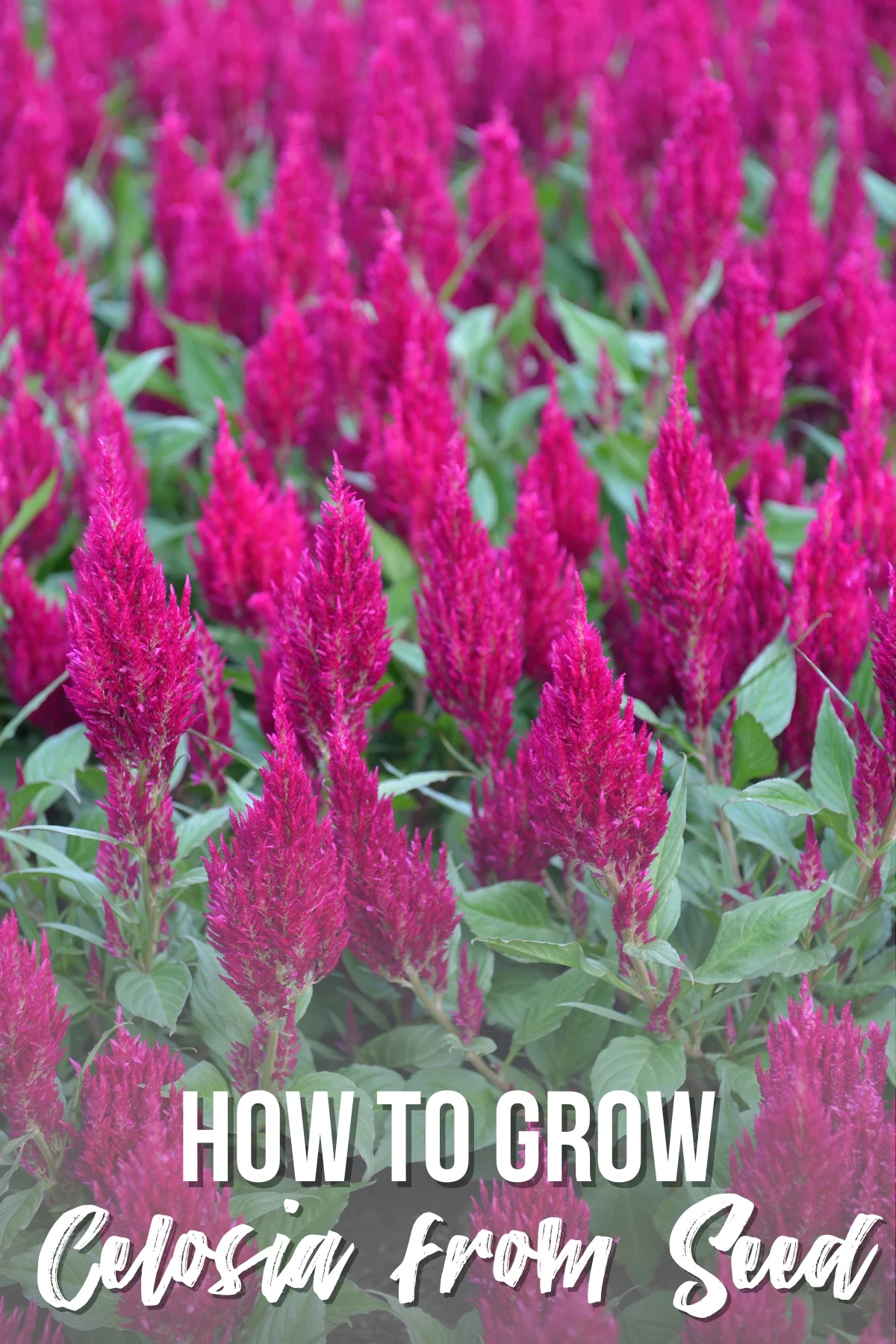
Celosia is an ornamental type of amaranth, also called cockscomb and Chinese wool flower. The uniquely-shaped, colorful blooms form a puffy mass of pink, red, yellow, or orange plumes, spikes, or crests.
Celosia's preference for full sun and fast-draining soil makes it a great choice for open garden spaces. It blooms for many months in summer, treating you to a long-lasting display of colors.
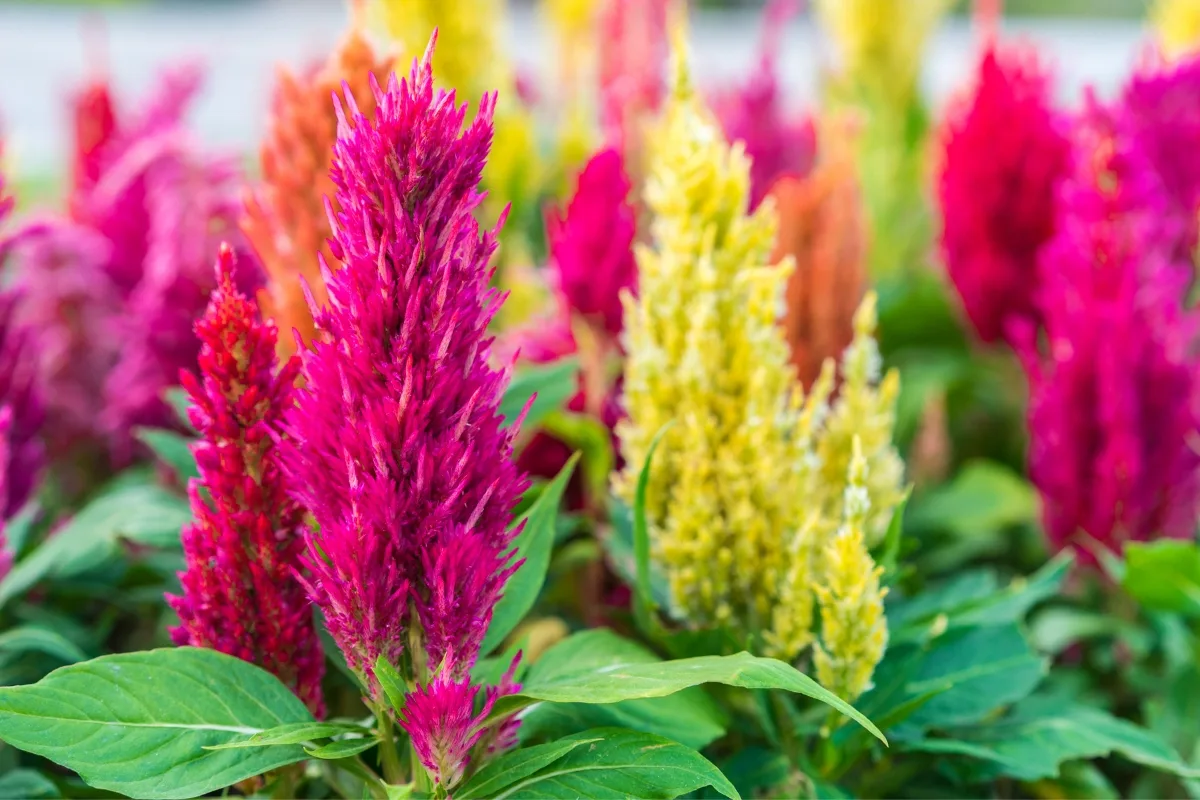
Growing celosia from seed is simpler than you might think, and I'm here to guide you through every step! I'll show you how to plant celosia seeds and care for the seedlings once they sprout.
Let's get growing!
This post contains affiliate links for your convenience. Purchases made through these links may earn me a small commission at no additional cost to you.
Types of Celosia
The three main types of celosia differ in the shape of their bloom: plumed, wheat, and cocks comb.
Plume celosia grows multiple flower stalks of feathery-looking flowers. Wheat types have a single stem that looks more like amaranth grain. Cockscomb (my personal favorite) has a large, intensely crinkled surface that looks like coral!
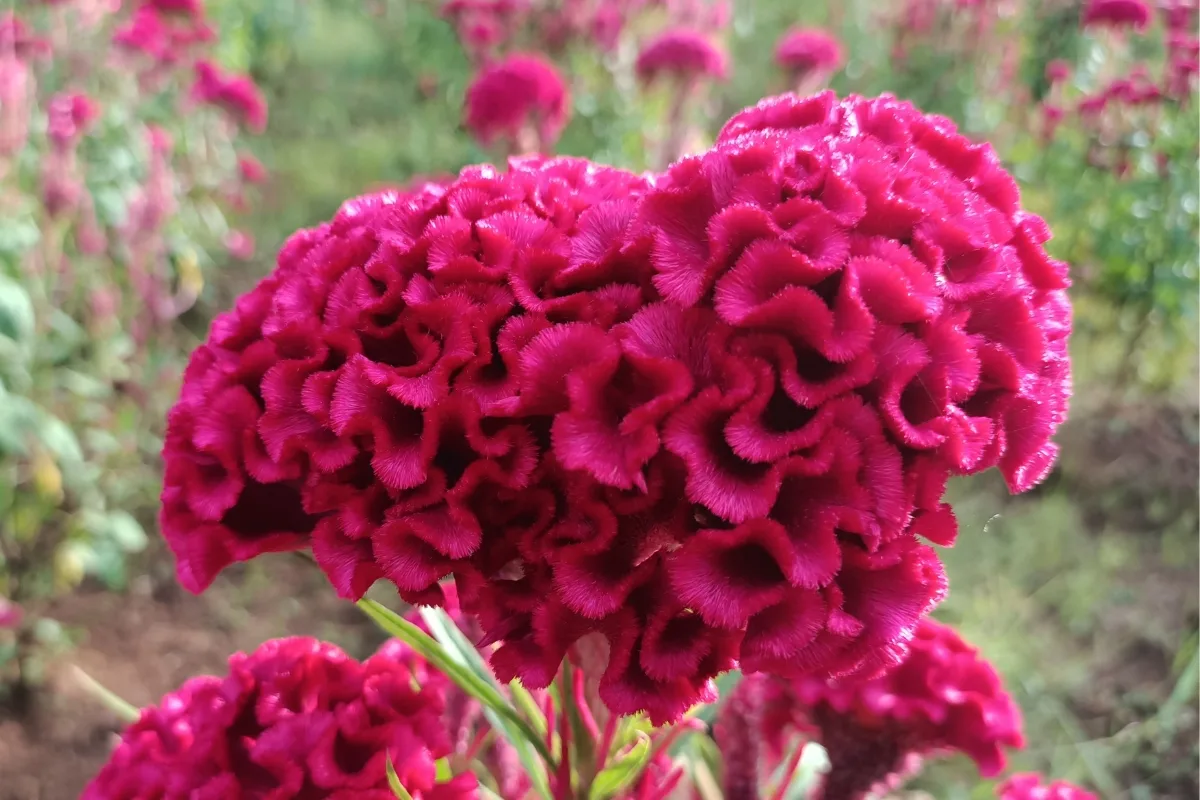
The most common colors are shades of vivid red, rose, magenta, orange, yellow, and cream-colored. The foliage color varies between cultivars, from green to purple to golden. Dwarf types reach a height of about 10 inches, while full-sized plants are up to 3 feet tall.
How to Plant Celosia Seeds
Starting celosia from seed indoors will give you a jump start on the growing season. Here's everything you need to know!
What do celosia seeds look like?
Celosia seeds are tiny, black specks. This year, I'm growing Floret's Fruit Punch celosia, which produces fan shaped blooms in a variety of bright colors.

When to start celosia seeds indoors
Start the seeds indoors approximately 4 to 6 weeks before planting them outdoors. The tiny seeds sprout reliably and grow quickly, although they are prone to damping off disease.
Planting celosia seeds
Fill each cell of a clean, sanitized seed tray with pre-moistened seed starting mix. Press down on the soil surface to eliminate any air pockets.
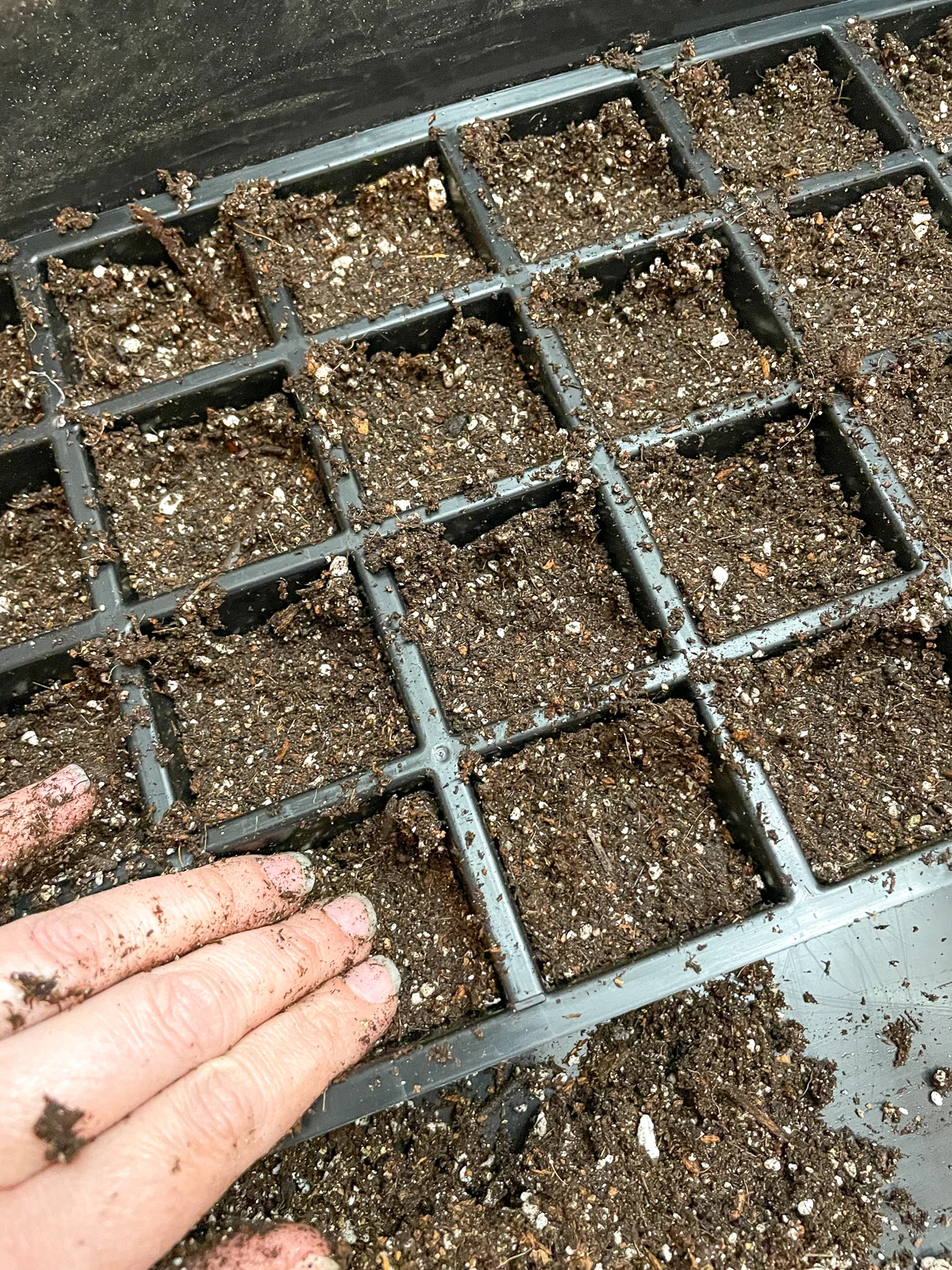
You may want to use root trainer trays or peat pots to avoid disturbing the root during transplanting. Peat pots work well because you can plant the entire pot into the ground, reducing root disturbance.
Bury seeds about ¼ inch deep and cover lightly with vermiculite to let in light and discourage damping off. Celosia seeds need some light exposure to germinate, so keep the trays in natural or artificial light during the day.
Cover the tray with clear plastic to keep the soil moist, but open it once daily to let air circulate. Make sure you keep the soil moist but not soggy. A spray bottle with a mister setting works perfectly.
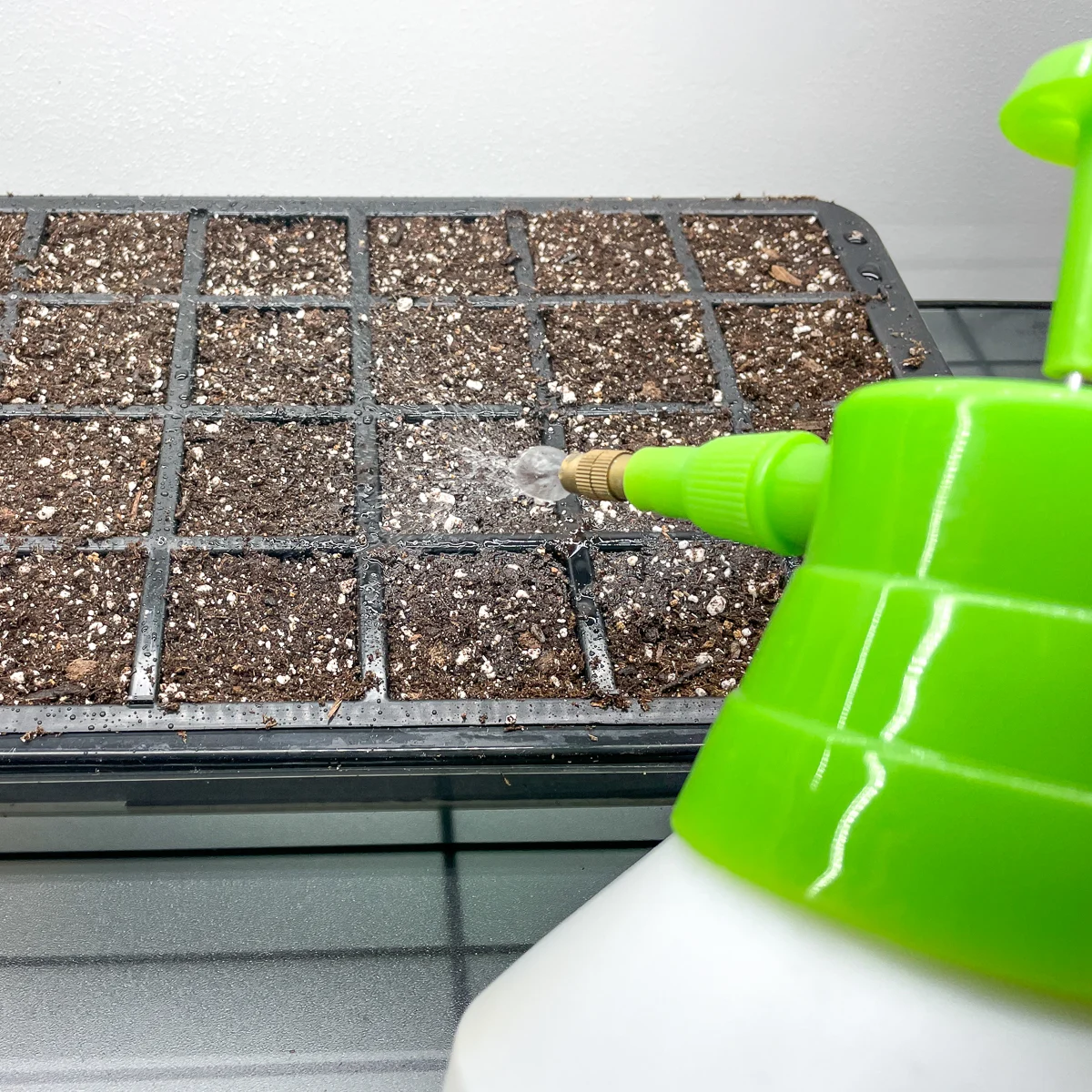
Celosia seed germination temperature
Keep your seed trays at a temperature between 70 and 80°F during germination. It’s okay to use a heat mat to keep the temperature even. Seeds typically germinate in 7 to 14 days.

Once the seedlings are up, reduce the temperature to about 65 to 70°F and let the soil surface dry out slightly between watering to prevent damping off.
Harden off the plants for about a week before transplanting by taking them outside for increasing amounts each day once night temperatures are above 55°F.
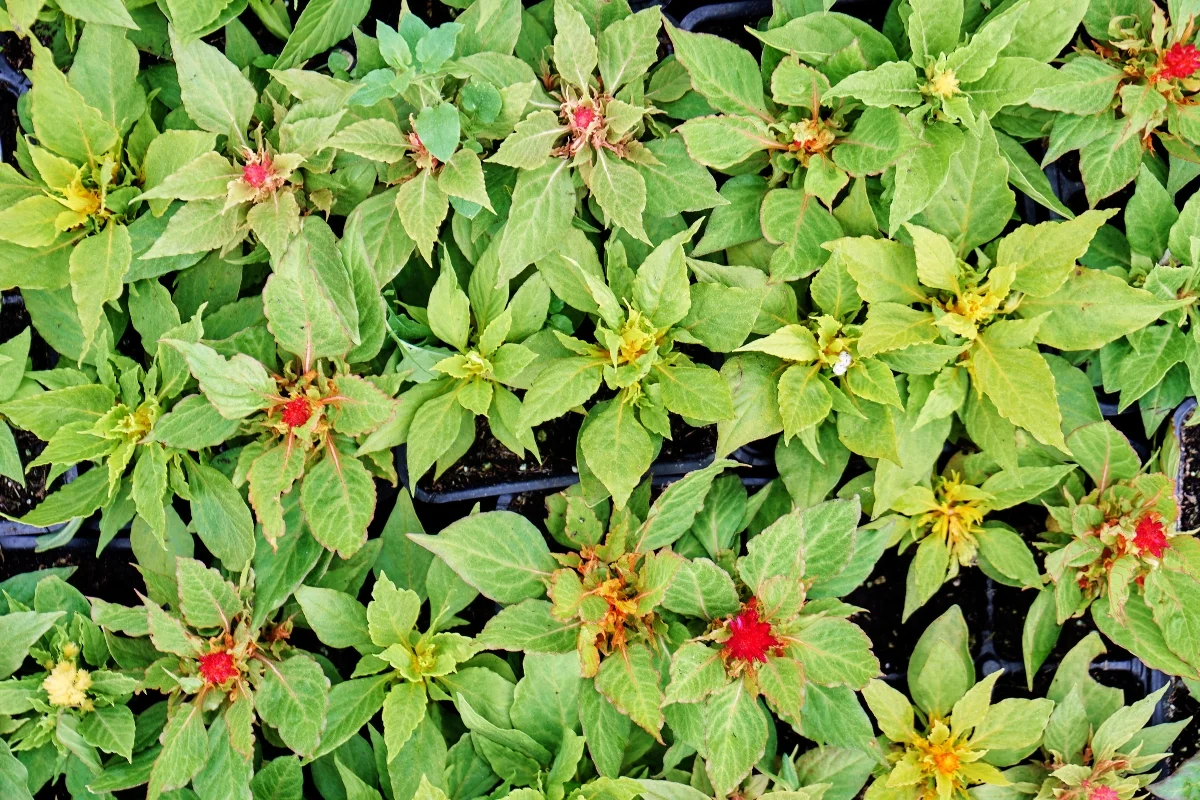
Starting Celosia from Cuttings
Before transplanting, pinch out the center stem at the top of each celosia plant to stimulate branching and more flowers. Then, you can use the part you cut off to create more plants!
Cut off the top 4-5 inches of each stem. Remove the leaves on the bottom half, and place the bare section into water until the roots start growing. You can transplant the cutting into the garden when you see multiple roots growing.
Direct Sowing Celosia
If you live in an area with a long summer season, you can direct sow celosia seeds. Wait until the soil has warmed to 60°F or higher before planting.
Bury the seeds about ¼" deep and cover them lightly with soil. Keep the ground moist until the seedlings emerge, then thin the plants to approximately 10 inches apart.
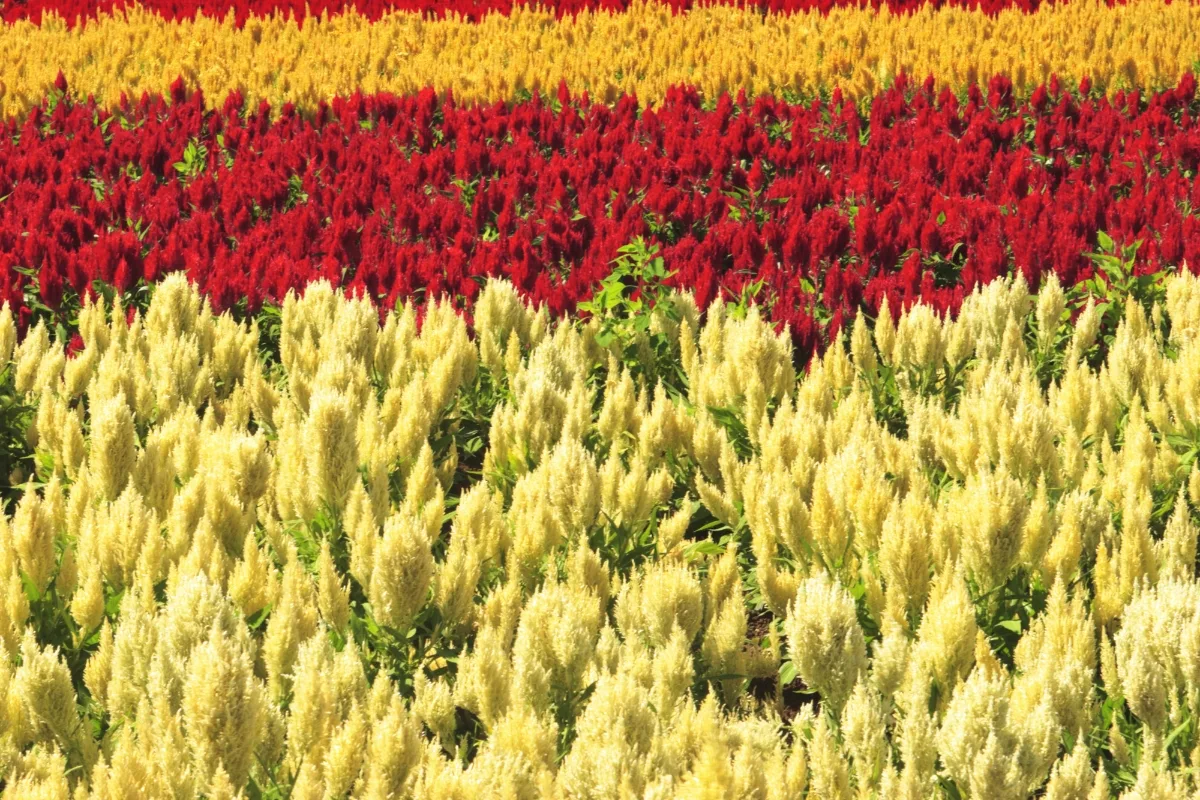
Planting Celosia in the Garden
Celosia is pretty low-maintenance when it comes to soil requirements. It loves a good, well-drained soil, and will thrive in loamy or sandy soil types. If your garden soil is heavy clay, you can improve its drainage by adding compost or well-rotted manure.

A soil pH between 6.0 and 7.5 is ideal, so you might want to do a soil test and adjust the pH if necessary. Mix a balanced, general-purpose flower fertilizer at planting time to ensure the most blooms.
When transplanting celosia seedlings, space the plants 10 to 16 inches apart, using a larger spacing for taller varieties. If crowded, celosia plants won’t grow as tall or produce as many flowers.
Caring for Celosia
Now that your plants have taken root, it's time to dive into the nitty-gritty of caring for them. Don't worry, though – celosia is an easy-going plant that doesn't need a lot of attention to thrive.
Watering
Overwatering can lead to root rot and other issues, so water deeply but infrequently, allowing the soil to dry out slightly between waterings. A good rule of thumb is to water when the top inch of the soil gets dry. Always water at the base of the plant to keep the foliage dry, reducing the risk of fungal diseases.
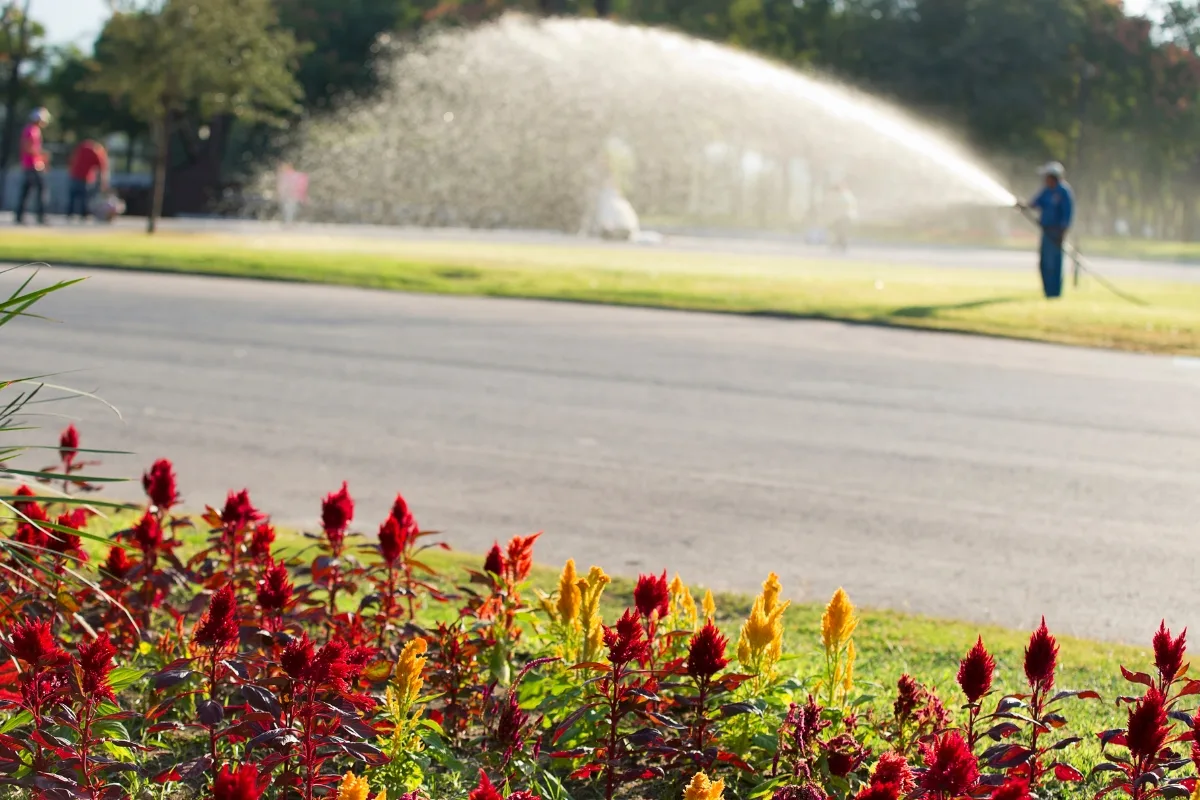
Fertilizing
Use a balanced, slow-release fertilizer at the beginning of the growing season. Avoid over-fertilizing, as this can lead to more foliage but fewer flowers. Once the blooms appear, fertilize the plants once a month with a product higher in phosphorus than nitrogen to stimulate large flower heads.
Pests and Diseases
Despite being relatively hardy, celosia can sometimes fall prey to pests like aphids and spider mites. If you notice any of these tiny pests on your plants, you can usually handle them by spraying with a mild insecticidal soap.
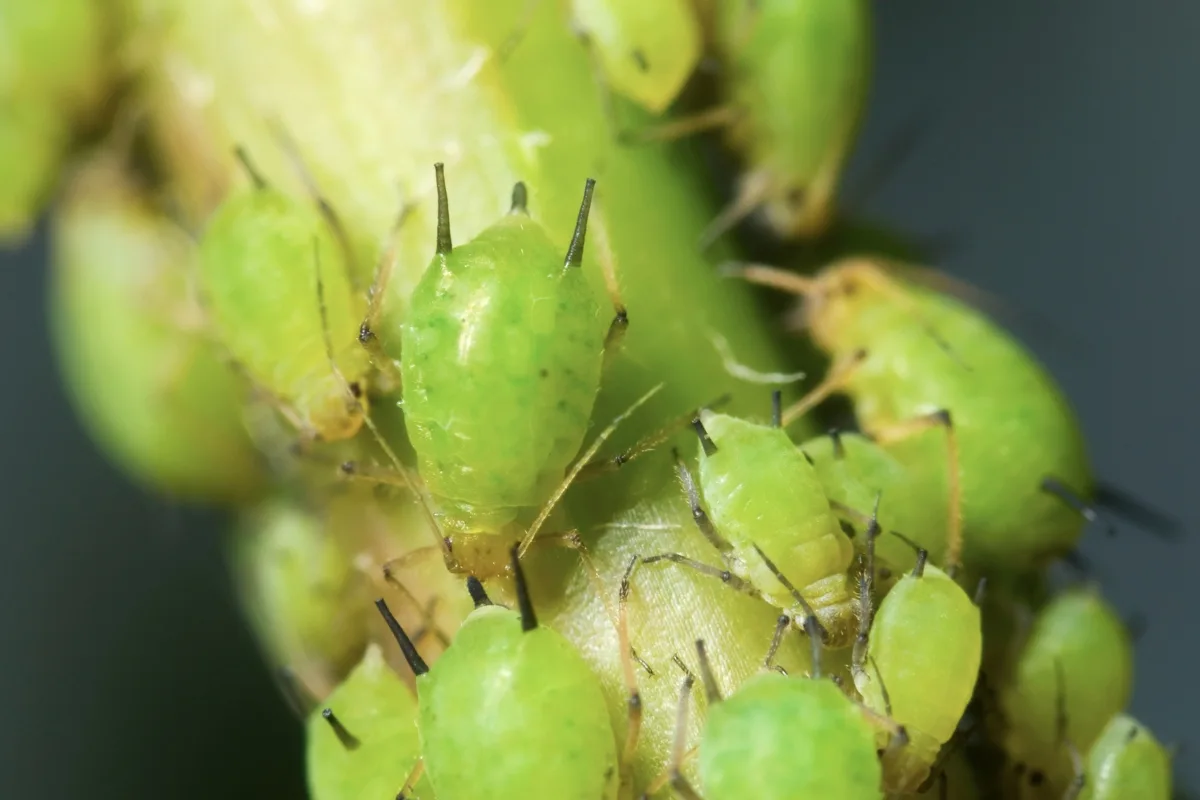
As for diseases, overwatering and poor air circulation can lead to issues like root rot and fungal diseases. So, be sure to space your seedlings out properly when planting and water at the base of the plant to prevent these problems.
Harvesting
Tall varieties of celosia, especially those with heavy cockscomb flower heads, might need staking to stay upright or prevent stem breakage. Removing old flowers before they set seed promotes new flower buds.
Celosia's vibrant and uniquely shaped blooms make excellent cut flowers. You can start cutting when the flowers are fully formed and brightly colored. Use a sharp pair of scissors or pruning shears and cut the stem at the desired length. Remember to leave enough stem on the plant for continued growth.
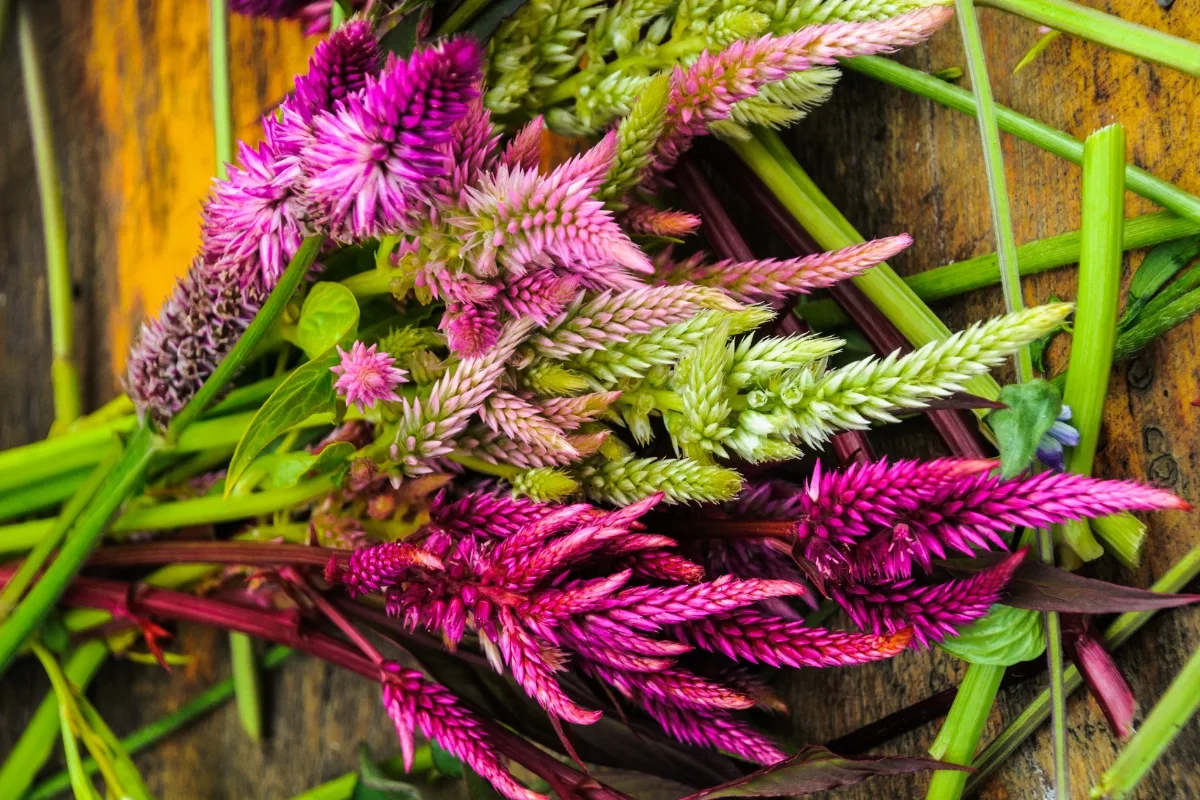
Cut celosia flowers look fantastic in a vase, but change the water every other day to keep them fresh. You can dry celosia flowers by cutting stems at the peak of bloom and hanging them upside down for several weeks.
Frequently Asked Questions about Celosia
In their native tropical climates, celosia plants are perennials, returning year after year. However, in most temperate climates, they're grown as annuals. But you can save the seeds from your plants to start fresh next year.
Celosia is not a top choice for deer and is often listed as deer-resistant. This means that while it's not impossible for a deer to eat celosia, they generally tend to avoid it and would likely only eat it if more preferred food options are not available.
Celosia typically blooms in the summer and will continue to bloom into the fall, especially in warm, sunny climates.

